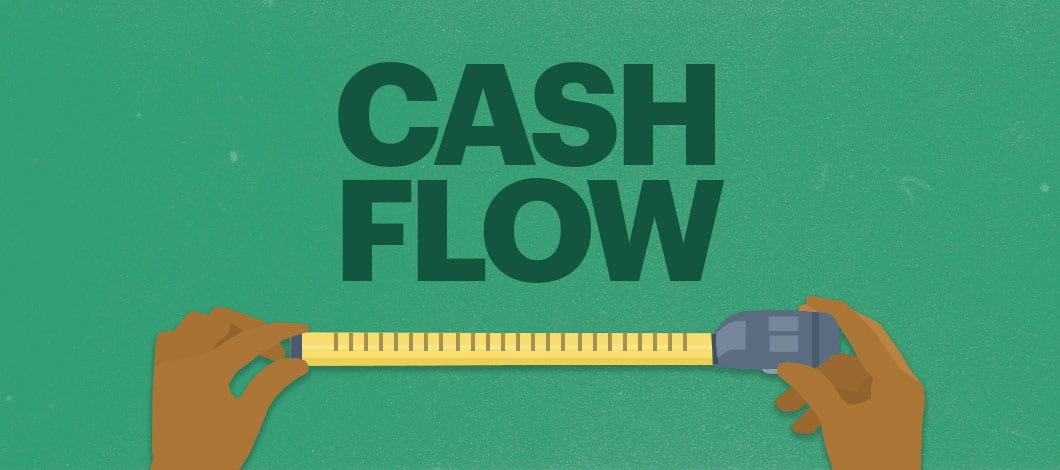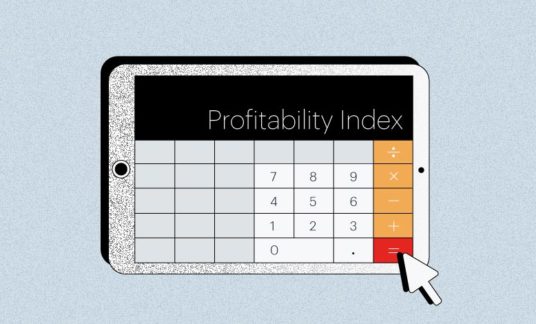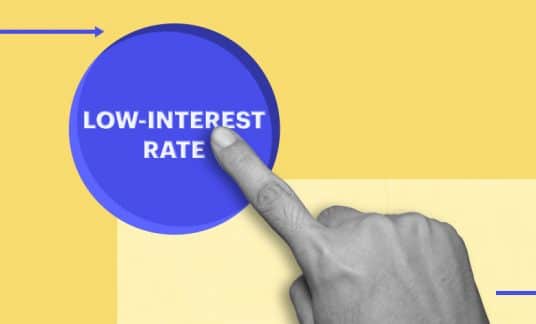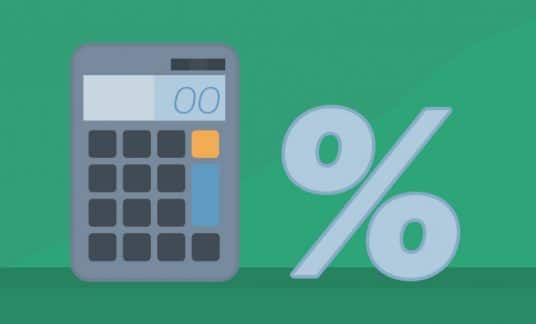Businesses need to be aware of their cash position to pay bills, order goods, pay their employees, and meet any other debt obligations. Monitoring cash-flow metrics helps business owners better understand the amount of money coming into and going out of their business.
A cash-flow forecast helps you better plan for the future to make sure you have the working capital needed to run a successful business. Cash-flow ratios help evaluate liquidity in the short term and solvency over the long term.
With a cash-flow system in place to measure your cash flow and ratios, you’ll know the financial health of your business and whether it is trending up or down.
When figuring out how to evaluate cash flow, there are multiple cash flow metrics to slice and dash your balance sheet.
How Do You Measure Cash Flow?
There are 6 different cash-flow categories to measure cash flow:
- Free Cash Flow
- Operating Cash Flow
- Cash Flow from Financing
- Discounted Cash Flow
- Cash Flow from Investments
- Levered Free Cash Flow
Free Cash Flow (FCF)
What is the most common way businesses measure their cash flow and a good measure of financial health? The answer is free cash flow.
Free Cash Flow Formula
Free Cash Flow = Sales Revenue – (Operating Costs + Taxes) – Any Capital Expenditures
Operating Cash Flow
Operating cash flow (OCF) is the first section that is shown on a cash-flow statement. It takes into account your noncash expenses, such as depreciation and amortization.
Operating Cash Flow Formula
Operating Cash Flow = Net Income + Non-Cash Expenses – Increase in Working Capital
Cash Flow From Financing
Cash flow metrics, such as cash flow from financing activities (CFF), demonstrates how your company raises capital and pays investors. CFF shows how much of your cash is from financing rather than revenue.
Cash Flow From Financing Formula
Cash Flow from Financing = Cash inflow from Debt, Loans or Investors – (Cash Paid as dividends + Repurchase of Debt and/or Equity)
Discounted Cash Flow
Discounted cash flow (DCF) examines your future cash flow against the cost of capital to help determine the value of any potential investment. This is one of the best cash-flow metrics to compare options for investing in your business.
Discount Cash-Flow Formula
Discounted Cash Flow = Projected Cash Flow for Period / 1 + Discount Rate
The discount rate is usually calculated based on a company’s Weighted Average Cost of Capital (WACC), which takes into account the cost of debt or equity.
Cash Flow From Investments
Many businesses, especially in the start-up phase, invest in the assets they need to operate. To be clear, cash flow from investing activities represents the cash spent (or generated) on assets to produce a profit in the future, such as purchasing machinery or real estate to grow a business or acquiring another company.
Cash Flow From Investments Formula
Cash Flow from Investments = Purchase/Sales of Assets (CapEx) + Purchase/Sale of Other Businesses (M&A) + Purchase/Sale of Other Investments (Marketable Securities, Such as Stocks or Bonds)
Levered Free Cash Flow
Levered free cash flow (LFCF) helps calculate how much free cash flow you have once your debts are paid. In other words, how much money you have left over after everything has been paid.
Levered Cash Flow Formula
Levered Cash Flow = EBITDA – Change in Net Working Capital – Capital Expenditures – Mandatory Debt Payments
Earnings before interest, taxes, depreciation and amortization (EBITDA) is a measure of a company’s operational performance.
What Is Considered a Good Cash Flow?
No business can survive long-term without generating a positive cash flow. While companies may take time to turn a profit, there comes a point in the life cycle of every business where it needs to make more money than it’s spending. If not, they’ll run out of financing or investment dollars.
That’s one of the reasons there are multiple ways to measure cash flow. While businesses need to know how much cash they have on hand right now, they also need to know future cash flow to forecast and plan strategy.
A positive cash flow is considered better than a negative one. It shows you are bringing in more money than you are spending and growing the business. However, besides cash, evaluation of cash flow also requires an examination of cash flow ratios.
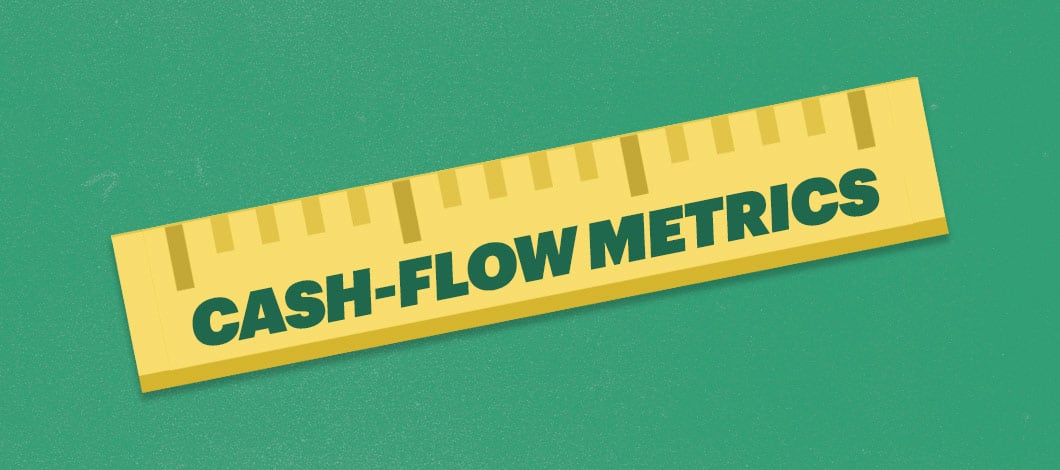
Cash-Flow Ratios
Cash-flow ratios are a measure of the viability of a business going forward and can be measured in multiple ways. They help determine liquidity by measuring ratios for operating cash flow, current liability and cash interest coverage. Specifically, these ratios can show long-term solvency using cash flow coverage and price-to-cash flow.
Operating Cash-Flow Ratio
Cash-flow ratios, such as the operating cash-flow ratio, helps measure how much a business is earning versus its current liabilities. Also called a liquidity ratio, the operating cash-flow ratio measures whether a company is able to pay its current liabilities over the short term with the cash-flow generation process from core business activities.
The operating cash-flow ratio demonstrates the ability to generate cash from operations to handle any debts within the upcoming year. If a ratio is greater than 1, it indicates a company is bringing in more than it is spending and can cover its obligations. When the ratio falls below 1, the company may be in danger of default unless changes are made.
Operating Cash-Flow Ratio Formula
Operating Cash-Flow Ratio = Net Cash Flow from Operations / Current Liabilities
Here’s a simplified example of the cash flow measure in a corporate analysis.
Let’s take the example of a company calculating its operating cash flow for a particular quarter, for instance. During the quarter, they brought in $100,000 in revenue. Their cost of operations during this period was $80,000.
Their OCF ratio would be $100,000 divided by $80,000 or 1.25. That indicates the company is earning $1.25 from current operating activities for every dollar of current liabilities.
Current Liability Coverage Ratio
The current liability coverage ratio also takes into account any dividends that are paid to investors.
Current Liability Coverage Ratio Formula
Current Liability Coverage Ratio = (Net Cash Flow from Operations – Dividends) / Current Liabilities
Cash Interest Coverage Ratio
The cash interest coverage ratio is a cash flow measure in corporate accounting used to understand if a business can meet interest payments on its debt financing. As it uses cash rather than net cash flow, this ratio often is seen as a more realistic metric to determine whether a company can meet its interest obligations for the short term.
Cash Interest Coverage Ratio Formula
Cash Interest Coverage Ratio = (Earnings Before Interest and Taxes + Non-Cash Expense) / Interest Expense
If the ratio falls below 1, a business doesn’t have enough cash on hand to pay the interest on any outstanding loans.
Cash-Flow Coverage Ratio
The cash-flow coverage ratio measures more long-term solvency by examining whether a business can pay its current debt obligations along with total debt beyond just the next year.
Cash-Flow Coverage Ratio Formula
Cash-Flow Coverage Ratio = Net Cash Flow from Operations / Total Liabilities
A healthy business will have a cash flow coverage ratio exceeding 1.
Price-to-Cash-Flow Ratio
The price-to-cash-flow ratio comes into play for publicly traded businesses and measures the operating cash flow generated per share of stock.
Price-to-Cash-Flow Ratio Formula
Price-to-Cash Flow Ratio = Share Price / (Operating Cash Flow / Outstanding Shares)
Note that low price-to-cash-flow ratios can indicate a company is undervalued compared with potential earnings. Analysts use this ratio to find good investments. Start-ups often have high price-to-cash flow ratios because they aren’t yet generating positive cash flow.



